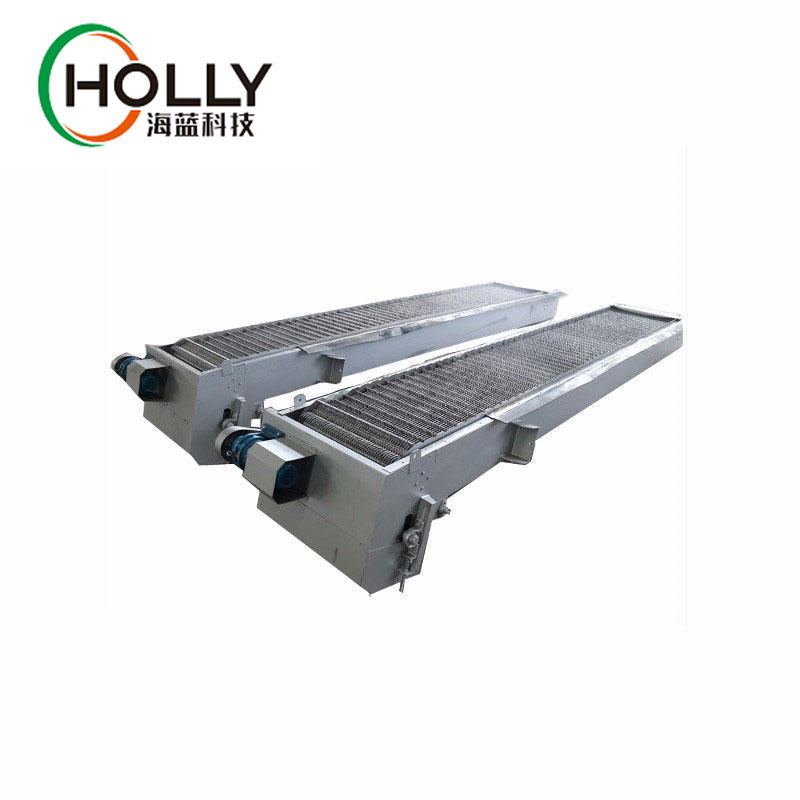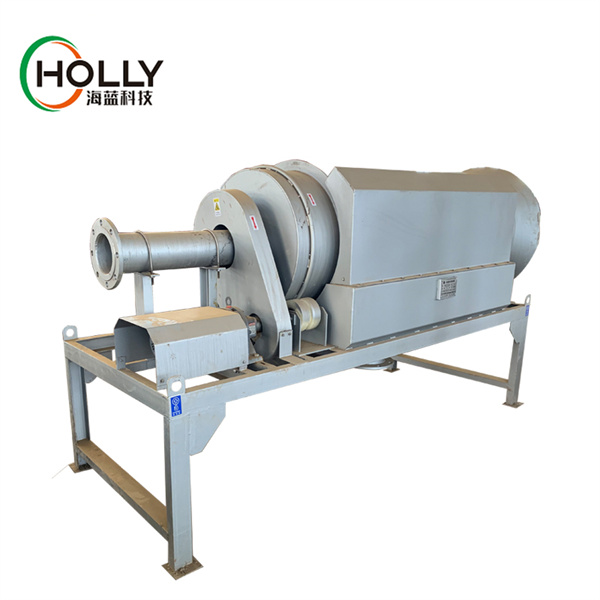The most effective collectors for antimony ore are fatty acids, tannins, phosphonic acids, hydroxamic acids, and cationic collectors.
1, the former Soviet fatty acids collector Grad Gehennas King and clopidogrel have been used both oxide ore collector: oleic acid, sodium oleate, sodium tridecyl, sodium tallow alkyl sulfate, sodium phosphate and isooctyl detailed study of iron ore niobium - tantalum ore floatability. Tests have shown that when using fatty acids as collectors, the trapping ability of saturated hydrocarbon groups is worse than that of unsaturated ones. When the pH value is 6-8, the flotation of coltan-anthalite with sodium oleate is very effective, and it is inhibited in both strong acidic medium and strong alkaline medium. Modification of fatty acids can improve their selective capture. For example, a new effective reactive group sulfonic acid group, polycarboxyl group, sulfuric acid group, halogen, amine (amino) group, aminoacyl group, amide group and the like are introduced into the molecule.
2. The tannic acid collector citrate can form a strong surface compound with rare metal minerals such as strontium and barium. The hydrocarbon group is outward and the mineral is hydrophobic. However, this chemical adsorption does not exist with gangue minerals, so the collection ability is strong and the selectivity is good. The disadvantage is that there are pollution problems in the production and use of bismuth-containing substances. Benzyl phthalic acid and toluic acid are effective collectors for strontium minerals. The combination of citric acid and xanthate can greatly improve the recovery rate of strontium minerals.
3. The study of the use of bisphosphonic acid to collect ruthenium rutile by phosphonic acid collector shows that bisphosphonic acid is a good collector of ruthenium rutile when the pH value of the slurry is 2 to 4, and the recovery rate reaches 90.87%. ~91.70%, at the same time, it is believed that the bisphosphonic acid is adsorbed on the surface of the ruthenium rutile, and the adsorption form is mainly chemical adsorption.
4. Hydroxamic acid collectors The industrial hydroxamic acid used in some fine earth mines in China is equipped with transformer oil for rough selection. When the ore contains Nb2O5 0.094%, the crude concentrate grade Nb2O5 0.9~1.0 can be obtained. %, the recovery rate is about 90%.
5. Studies on cationic collectors show that laurylamine acetate can effectively float limonite minerals in neutral media.
6. Other collectors The use of the new agent N2 for the capture performance of strontium minerals shows that the high carbon chain N2 is an effective collector for strontium minerals. Good results were obtained by flotation of the Bayan Obo ore with N-nitrosophenylamine. The exploration experiments in the former Soviet Union showed that the hydrocarbyl sulfate was also suitable for the flotation of the coltan-tantalite in the pegmatite deposit.
Many flotation agents, especially collectors, are not ideal when used alone. However, when some agents are used in combination in a certain proportion, the effect is not a simple additive effect, but a synergistic effect, that is, 1 +1>2 synergy effect. Such as xanthate and hydroxamic acid combined flotation copper oxide; sodium oleate and hydroxamic acid combined flotation of andalusite ; tannic acid and xanthate mixed, copper iron spirit mixed with benzoic acid, benzoic acid and Tal soap is mixed and floated with black tungsten fine mud; F2O3 and salicyloxyphthalic acid mixed with flotation of cassiterite fine mud have achieved good results.
(2) Antimony ore flotation regulator
The main gangue minerals of antimony ore are silicate minerals, fluorite and carbonate minerals. Typical inhibitors of these minerals are water glass, sodium hexametaphosphate, starch, pyrophosphoric acid, sodium hydrogen phosphate, sodium lignosulfonate, tannin, lactic acid, citric acid, tartaric acid, and the like. The pH value has a great influence on the flotation process, and the modifiers commonly used for adjusting the pH value include sulfuric acid, hydrochloric acid, sodium hydroxide, and soda.
(III) Analysis of problems existing in antimony ore flotation
1. Collection of collectors. A molecule containing functional groups -COOH, -SO4H, -SO3H collectors strong capacity, selectivity, applies only to simple floating mineral composed, tantalum and niobium quartz as a main gangue fine mud. Hydroxamic acid has a weaker ability to capture fine mud than fatty acids, but it is better. Phosphonic acid has a strong ability to capture antimony ore.
2. Environmental pollution of pesticides and cost of pharmaceuticals. Tannic acid can form a strong surface compound with metal ore such as strontium and barium. The hydrocarbon group is outward and makes the mineral hydrophobic. However, this chemical adsorption does not exist with gangue minerals, so the collection ability is strong and the selectivity is good. Ca2+ and Mg2+ ions are not sensitive and have strong adaptability to ores with high calcite . However, citrate is highly toxic and may cause environmental pollution. In the fine mud flotation, the dosage is large and the price is high. At the same time, some of the chemicals are more toxic and need to increase environmental protection costs, thereby increasing the cost of mineral processing. When using hydroxamic acid flotation, the effect is better, but the amount of the agent is larger.
In recent years, the domestic research on flotation flotation has made some progress. However, due to the high price of pharmaceuticals, only a few foreign mines have adopted flotation methods, such as the Canadian Oka Concentrator and the Brazilian Araksa Mine.
Coarse Screen And Fine Screens
Coarse Screen And Fine Screens
This is a kind of advanced solid-liquid separation device in water treatment, which can continuously and automatically remove debris from wastewater for sewage pretreatment. It is mainly used in municipal sewage treatment plants, residential quarters sewage pretreatment devices, municipal sewage pumping stations, waterworks and power plants, also it can widely be applied to water treatment projects of various industries, such as textile, printing and dyeing, food, fishery, paper, wine, butchery, curriery etc.


Coarse Screen,Fine Screens,Filter Screen,Mechanical Bar screen,Frum Filter Screen,Sewage Fine Screens
YIXING HOLLY TECHNOLOGY CO.,LTD. , https://www.watertreatment-machine.com